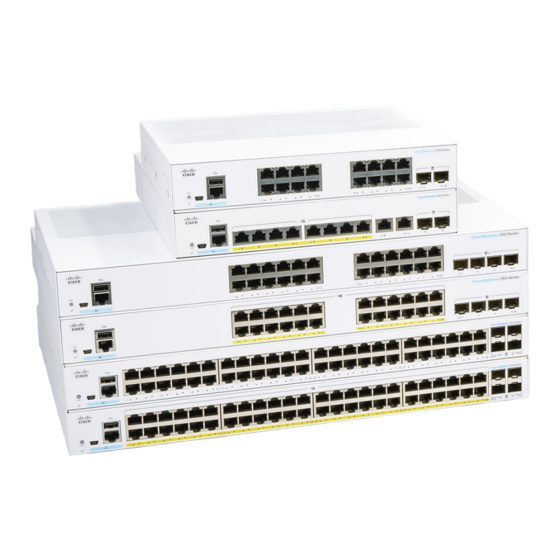Install the Client Utilities
This section provides installation instructions for the client utilities for Windows 95, 98, NT,
2000, and Me. If your computer is using a Windows CE, Linux, or Macintosh operating
system, refer to the Cisco Aironet Wireless LAN Adapters Hardware Installation Guide for
information.
After you have installed the appropriate driver for your computer's operating system, you can
install the Aironet Client Utility (ACU), Link Status Meter (LSM), and Client Encryption
Manager (CEM) utilities. ACU enables you to configure the client adapter, enable server-based
authentication, and enable the Wired Encryption Privacy (WEP) feature; LSM provides
troubleshooting and status information; and CEM enables you to set one or more WEP keys
for your client adapter.
1
Close any open Windows programs.
2
Insert the Cisco Aironet Series
Wireless LAN Adapters CD into your
computer's CD-ROM drive.
3
Select Start > Run and enter the
following path (where D is the letter of
your CD-ROM drive): D:\Utilities\
ACU\setup.exe.
4
At the Welcome screen, click Next.
5
In the Authentication Method screen,
select the server-based authentication
method preferred for wireless network
access in your location and click Next:
— If you select None, server-based
authentication is not enabled for
your client adapter. After the client
utilities are installed, you can elect
not to implement any security
features, or you can activate some
level of security by using WEP keys.
— If you select LEAP, LEAP is enabled
on your client adapter, provided an
EAP-enabled RADIUS server is
running on your network. After
LEAP is enabled and your computer
is rebooted, your client adapter
authenticates to the RADIUS server
using your network logon and
receives a session-based WEP key.
— If you select EAP, EAP is enabled on
your client adapter, provided an
EAP-enabled RADIUS server is
running on your network. If your
computer is not using an operating
system with built-in EAP support,
this option is not available. After
EAP is enabled and your computer
is rebooted, your client adapter
authenticates to the RADIUS server
using your network logon and
receives a session-based WEP key.
7

